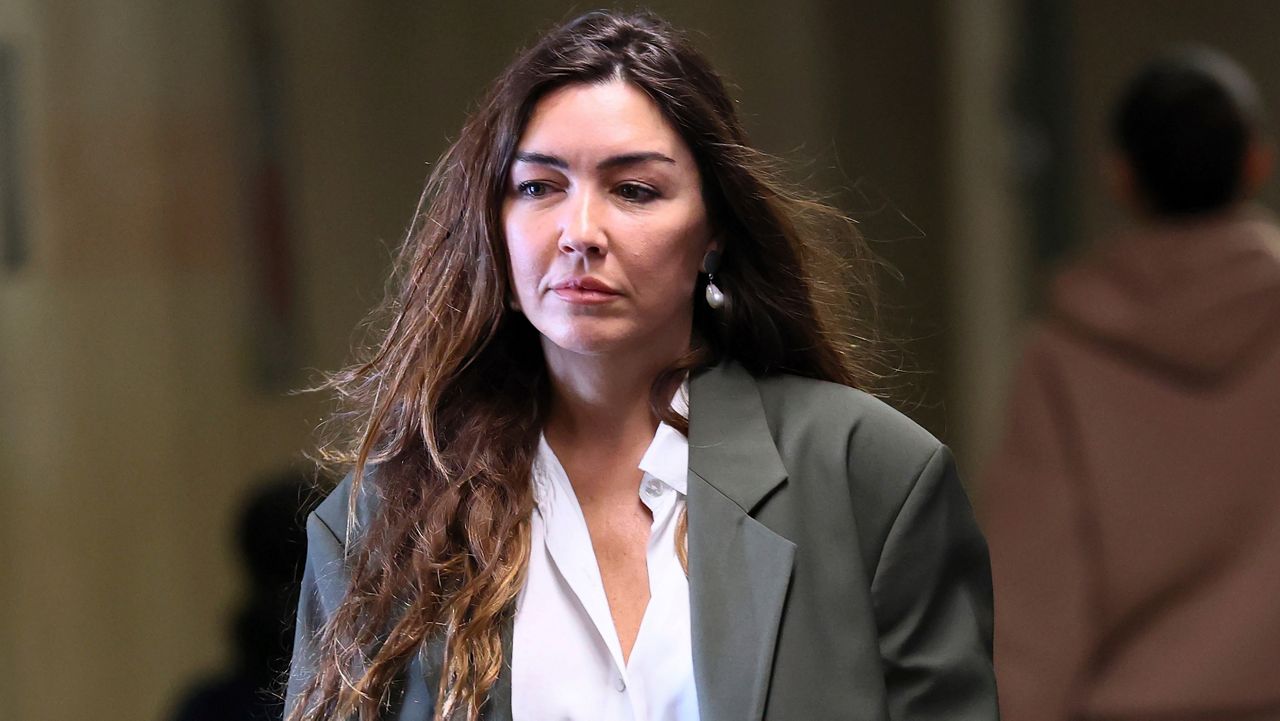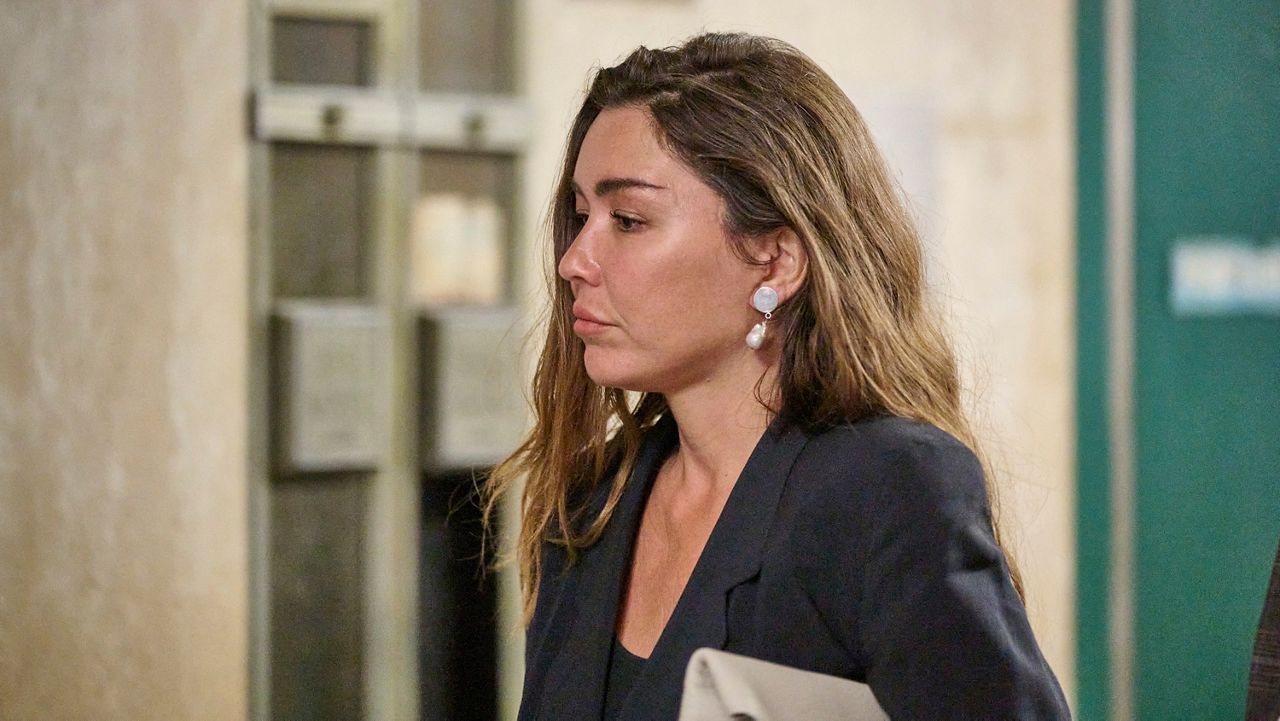As a new school year begins, so does a new season of outreach aimed at keeping the peace in Harlem. On certain afternoons, a team of violence interrupters will take marching orders and set out to hit the streets in time for dismissal.
“Back in the day I was one of them ones that used to be in the street, you know, not listening to nobody,” recalled D’Angelo Clay, a violence interrupter with Street Corner Resources. “I was going around looking for trouble. Most of the time it would come to me.”
Outside Percy Sutton Educational Complex, Clay is hoping to use his past experience to bond with the teens.
“I have a connection, like with some of the younger youth out here so they know me, but [I] try to get to them and tell them what I went through, all the struggles and stuff that I went through,” Clay said.
It’s part of an initiative called Safe Passage by Street Corner Resources.
“For being able to pass through from the school to the train, or the bus or to the basketball court safely,” Iesha Sekou, founder and chief executive officer, said.
Sekou says it’s vital work in a neighborhood too often plagued by violent crime that affects young people. According to NYPD statistics, felony assaults are up this year compared to the same period in 2022 in the 26th and 28th precincts. The 26th precincts is also seeing a slight rise in the number of shootings.
“Young people are concerned about violence. They're concerned when they go to school. ‘Do they have to worry about being jumped because they're from another neighborhood and they're new to the school?” she said. “They’re also considered whether or not they are going to be bullied because they have the latest sneakers or the latest backpack.”
Sekou says her organization is focused on providing solutions that give young people a safe space to be.
“A lot of the violence that happens, we find out that the kids either knew each other for a long time but never really had any interaction, like they knew of each other or they are new to the school and they never got a real proper kind of introduction,” she said.
That outreach introduced Clay to the organization when he was a teen. Now he’s paying that work forward.
“I stopped coming, but it had hit me when I stopped coming, like I wasn’t doing nothing with myself,” said Clay. “So I thought to myself [and] I talked to my mom and I was like I gotta start making myself better, you know, cause I got nieces and nephews, so I gotta play a good role model for them.”






